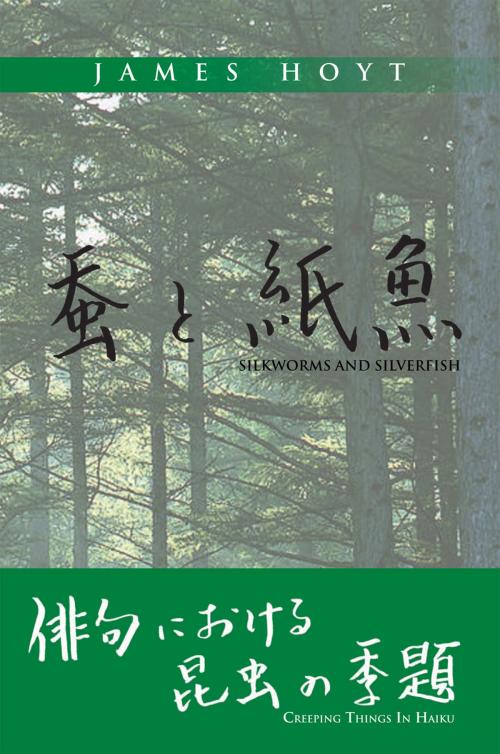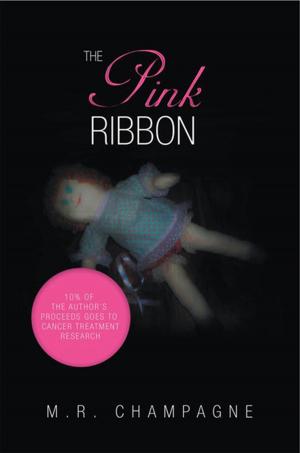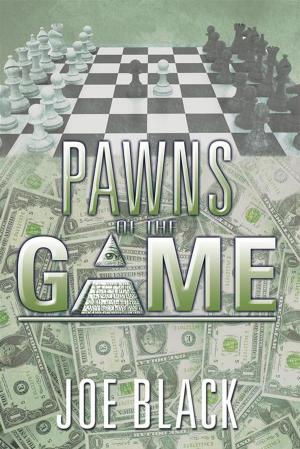| Author: | James Hoyt | ISBN: | 9781462886180 |
| Publisher: | Xlibris US | Publication: | November 17, 2011 |
| Imprint: | Xlibris US | Language: | English |
| Author: | James Hoyt |
| ISBN: | 9781462886180 |
| Publisher: | Xlibris US |
| Publication: | November 17, 2011 |
| Imprint: | Xlibris US |
| Language: | English |
Here we have over one hundred and fifty translations of haiku verses, largely composed by the five most famous of haiku poets. All use insects as seasonal topics to set the scene in spring, summer or autumn. But the definition of insects in complicated because in the Sino-Japanese tradition the insect genus includes frogs as well as bees, spiders as well as silverfish, angleworms as well as gnats, and snakes as well as ants. This expanded category is here called creeping things, reflecting a similar division of fauna in the Bible. It seems appropriate that the Japanese would use what is surely the world's shortest poetic form consisting of a mere seventeen syllables arranged in lines of 5,7,5 to describe the miniscule world of creeping things. In so doing, they expressed kernels of poetic inspiration in a few simple words, eschewing the doggerel that so often has followed a brilliant line and leaving to the imagination place and time, for the beauty of the haiku often lies in what is only hunted and left unsaid.
Here we have over one hundred and fifty translations of haiku verses, largely composed by the five most famous of haiku poets. All use insects as seasonal topics to set the scene in spring, summer or autumn. But the definition of insects in complicated because in the Sino-Japanese tradition the insect genus includes frogs as well as bees, spiders as well as silverfish, angleworms as well as gnats, and snakes as well as ants. This expanded category is here called creeping things, reflecting a similar division of fauna in the Bible. It seems appropriate that the Japanese would use what is surely the world's shortest poetic form consisting of a mere seventeen syllables arranged in lines of 5,7,5 to describe the miniscule world of creeping things. In so doing, they expressed kernels of poetic inspiration in a few simple words, eschewing the doggerel that so often has followed a brilliant line and leaving to the imagination place and time, for the beauty of the haiku often lies in what is only hunted and left unsaid.















